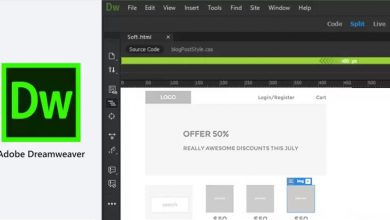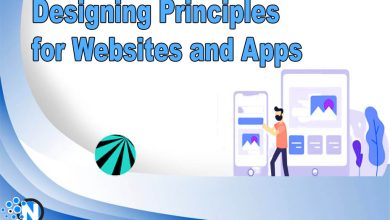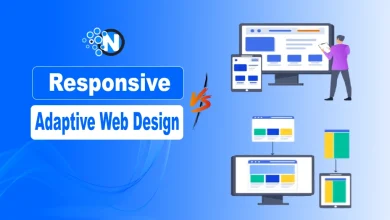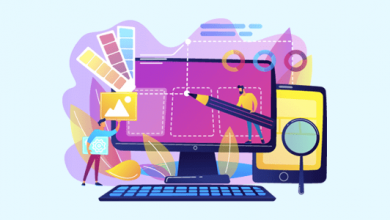How Data Analytics Is Influencing Digital Design Decisions
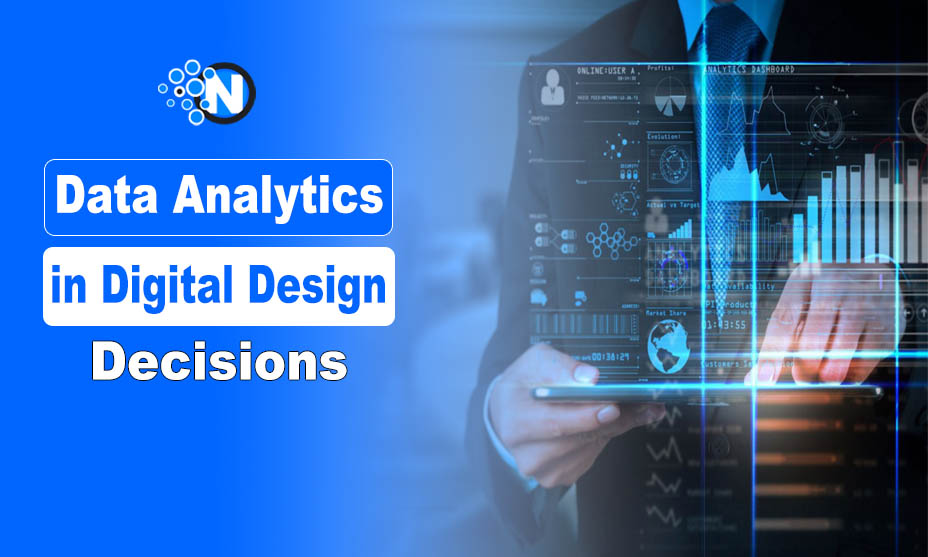
Data analytics is emerging as one of the essential tools in dynamic digital design, significantly altering decision-making in this field. The era when design decisions were guided purely by intuition or aesthetic taste is passing. These days, designers are free to generate even more effective, breakthrough solutions that are genuinely meaningful for their users, thanks to data analytics.
Top digital design agencies make decisions based on data in this digital design world. Data analytics is now a critical tool that is changing the way digital products are designed. Designers employ data-driven insights to make more successful, user-focused products that resonate with their customers rather than depending solely on gut feeling or aesthetic decisions.
Let’s explore how data analytics influence digital design decisions to help designers create user-centric products that are highly useful and satisfactory, too!
What is Data-Driven Design?
The technique of designing with data in mind is known as “data-driven design.” This process entails gathering pertinent data, examining it, and applying the knowledge gathered to make wise design decisions.
Designers may produce genuinely user-centered solutions that are adapted to user preferences, habits, and demands by depending on real data instead of conjecture. This hypothetical situation exemplifies how data might impact design decision-making.
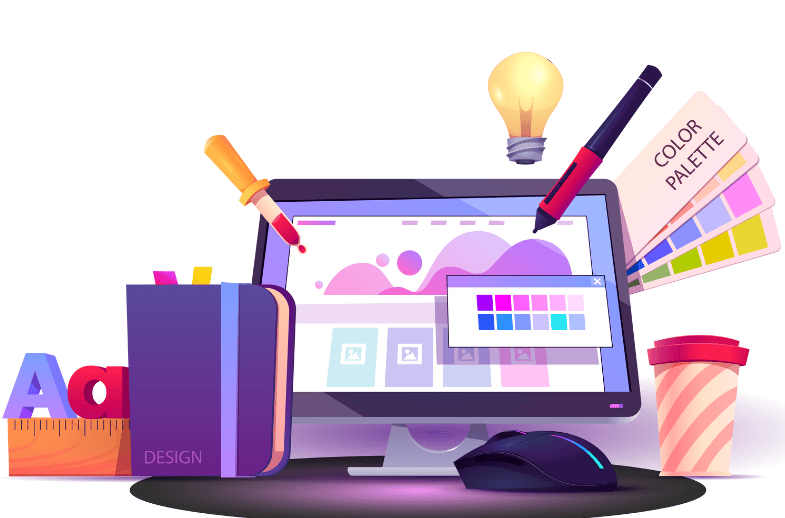
The Shift Toward Data-Driven Design
Data analytics is now important in design decisions, which formerly relied mostly on artistic vision and trends. Designers can make well-informed decisions based on core interactions by using data to understand user behavior and preferences. This data-driven approach delivers better results, particularly in the field of user experience (UX) design, where an intuitive and useful design depends on an understanding of how consumers interact with a product.
Enhancing User Experience Through Data
Data analytics plays a crucial role in enhancing the quality of user experience in digital design. It informs designers of how users interact with the website or app by analyzing patterns and trends. Heat-maps and A/B testing are just two of the tools used to tailor layouts and content in order to enhance the user experience and usability. When designers segment this data over time, it becomes possible for designers to come up with pleasing aesthetics and effective user interfaces that users can easily interact with.
Personalization and Customization
Delivering personalized experiences is a key influence of data analytics on digital design. Users demand personalized content in this digital environment that speaks to their interests and habits. Designers can develop personalized experiences by using data analytics to categorize consumers according to their demographics, behavior, and other pertinent characteristics.
Using data analysis, designers can identify particular user groups and tailor the design to suit their demands. This might include offering distinct features, layouts, or content to different user segments to give each one a special and pertinent experience. Businesses can benefit from personalization as it raises customer satisfaction, engagement, and conversion rates.
Predictive Design Insights
Data analytics offers predicted insights that can direct future design initiatives in addition to aiding with present design decisions. Through the examination of past data, designers are able to spot patterns and forecast user behavior. Because of their vision, they are able to anticipate customer demands and create goods that are both relevant now and will meet them in the future.
Additionally, predictive analytics can assist designers in foreseeing and resolving any design problems before they become problems. Let’s take an example where data indicates that consumers discontinue their efforts at a specific point during a process. If so, designers can look into it and make proactive changes to enhance the user experience and keep them around.
Data-Driven Collaboration
Including data analytics in digital design also promotes improved teamwork. With access to the same data, designers, developers, marketers, and data analysts can collaborate more successfully. A more effective and unified product is the outcome of this collaborative approach, which guarantees that design decisions are in line with corporate objectives and user needs.
Collaboration that is data-driven also helps in bridging the gap between strategy and innovation. Data offers a strong platform for making strategic decisions that are in line with corporate goals, while designers contribute their artistic talents. More inventive and useful designs result from the fusion of creativity and data-driven insights.
Challenges and Considerations
Although data analytics has many advantages for digital design, it’s important to recognize its drawbacks as well. Making sure that data is gathered ethically and properly is one of the major challenges. Concerns about privacy must be taken into consideration, and designers must make sure that user data is gathered, saved, and used in accordance with applicable laws.
Finding a way to balance creative freedom with data-driven decisions is another problem. Even while statistics might offer insightful information, creativity shouldn’t be sacrificed in favor of analytics. The most effective digital designs combine creative ingenuity with data-driven insights to create solutions that are both aesthetically pleasing and useful.
Final Thoughts
By providing designers with the knowledge to make wise decisions that improve user experience, promote personalization, and forecast future trends, data analytics is transforming the field of digital design. The increasing importance of data in design requires that designers adopt a fresh perspective while preserving the originality and inventiveness that characterize excellent design.
By incorporating data analytics into the design process, designers are now able to create products that meet consumer expectations. This will help shape digital design in the future data-driven world.

